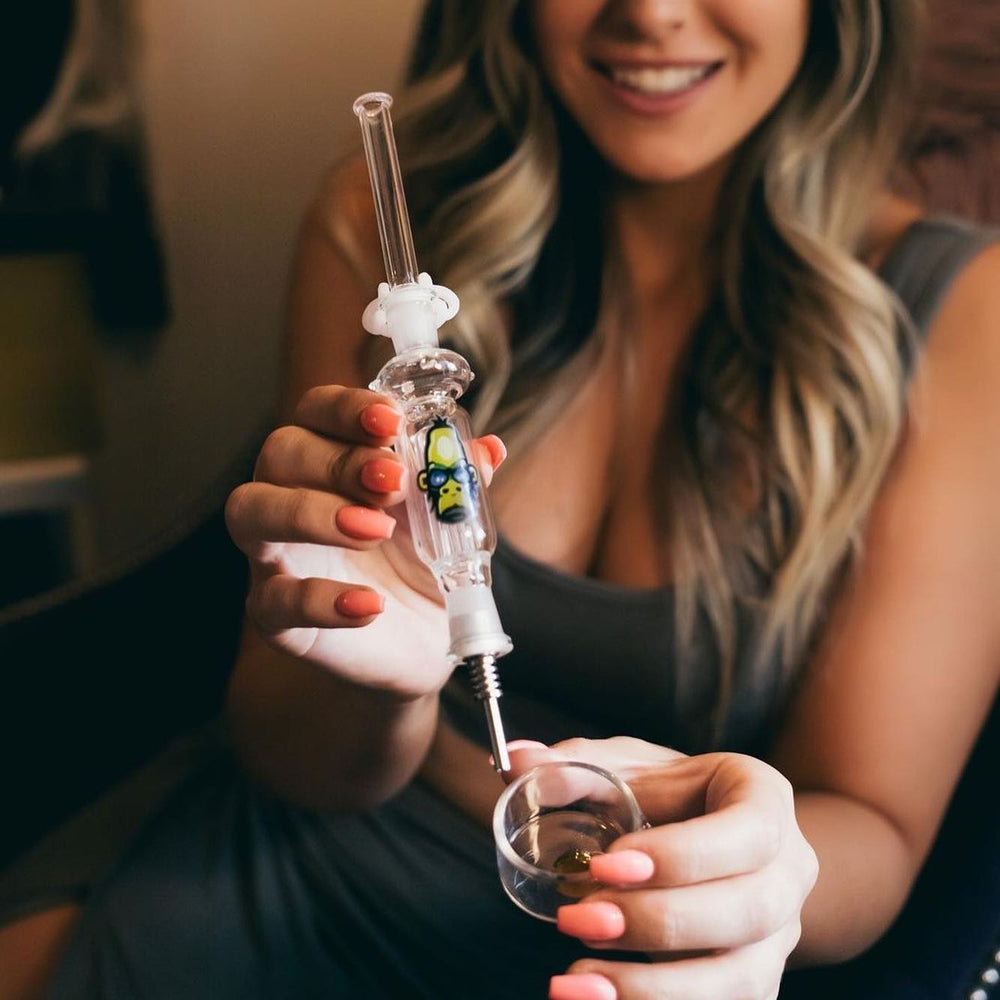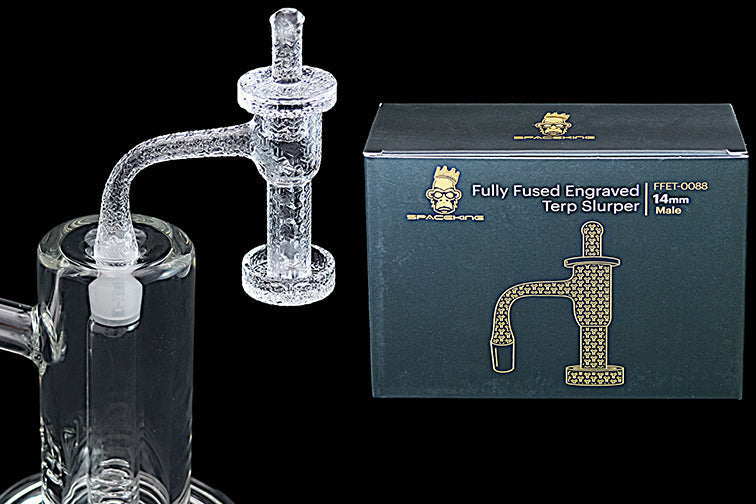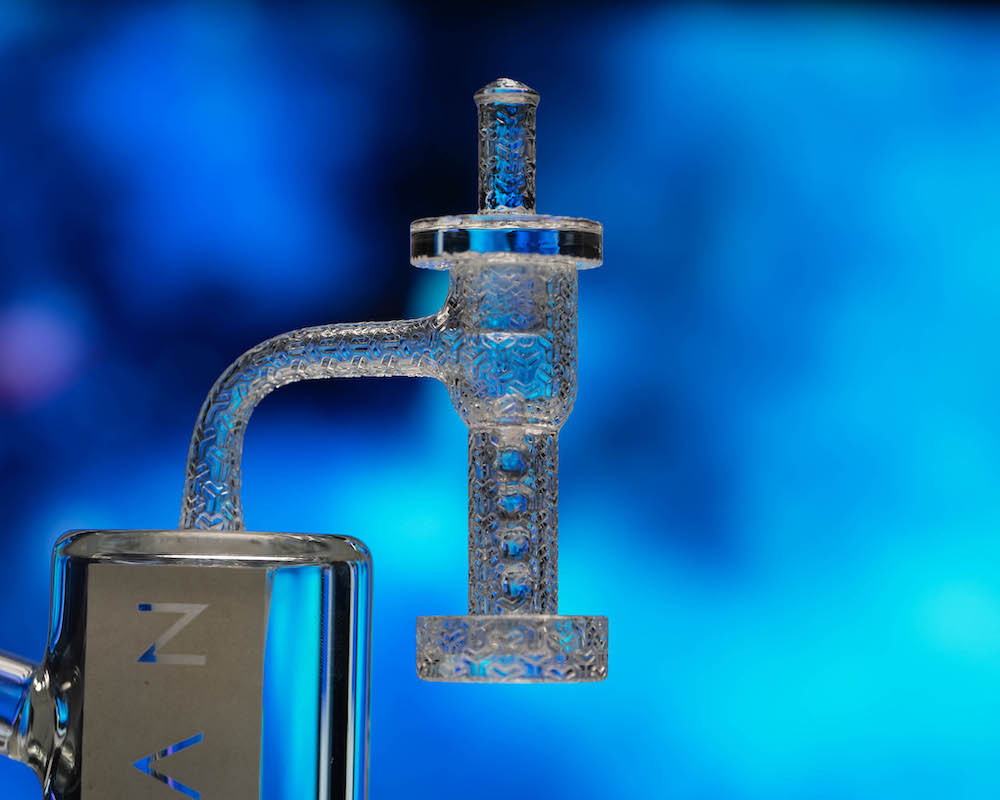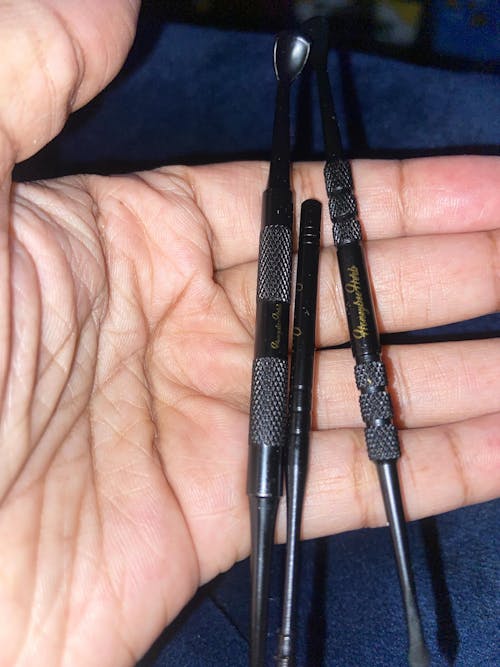Exploring the World of Dabs: What Are Dabs and How They Work

Many people are curious about dabs but don't know where to start. Dabs are concentrated forms of cannabis that pack a powerful punch. This blog will guide you through what dabs are, how they work, and their effects on the body and mind.
Let's dive in!
Key Takeaways
- Dabs are intense cannabis concentrates like shatter, budder, wax, and live resin made through various extraction methods to isolate THC and other cannabinoids. They offer a potent experience compared to traditional marijuana flowers.
- Users consume dabs using dabbing rigs or vaporizers which heat the concentrate to create inhalable vapor. This method leads to rapid effects including euphoria or relaxation, but also potential health risks such as respiratory issues or addiction with long-term use.
- Different types of dabs vary in texture, potency, and flavor profiles allowing users to explore their preferences. Innovations in dab technology have introduced safer practices and equipment for consumption.
- Long - term effects of dabbing can include tolerance development requiring higher doses for the same effect, potential memory and cognitive function impairment, respiratory problems due to high temperature consumption, and an increased risk of cannabis use disorder.
- Seeking help for dab addiction is crucial; many resources provide support through counseling services specializing in substance abuse and treatment programs designed specifically for individuals dealing with dependence on highly concentrated THC products.
What Are Dabs?
Dabs, including shatter, budder, wax, and live resin, are highly concentrated cannabis extracts. They are produced through various extraction methods to isolate the most potent components of marijuana.
Definition of dabs
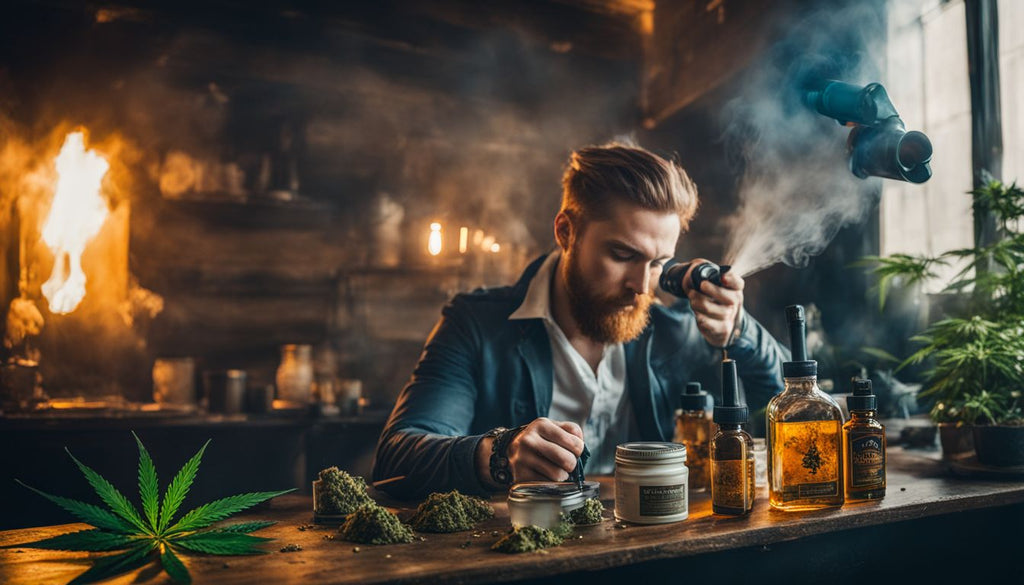
Dabs refer to concentrated doses of cannabis that pack a powerful punch of THC. They are created by extracting THC and other cannabinoids using a solvent like butane or carbon dioxide, resulting in sticky oils sometimes called wax, shatter, budder, or resin.
The potency of these concentrates can significantly exceed that of traditional marijuana flowers, offering an intense experience.
Because they require less product for a stronger effect, dabs have become popular among cannabis users. The process involves vaporizing the concentrate on a hot surface and inhaling the vapor.
This method is known as dabbing. By concentrating the active compounds in cannabis, dabs provide a quick and potent way to consume THC and other cannabinoids.
Types of dabs (shatter, budder, wax, live resin)

Dabs come in various forms, each with its own unique characteristics and qualities. Here are the different types of dabs you might encounter in the dabbing world:
- Shatter: This type of dab is transparent and possesses a glass-like appearance due to the molecules being stacked neatly together. It is known for its high potency and purity.
- Budder: With a consistency similar to that of butter, budder is creamy and easy to handle. It has a higher moisture content compared to other dabs, giving it a smoother texture.
- Wax: As the name suggests, this dab has a waxy, crumbly texture. It is often easier to handle than shatter, making it popular among dab enthusiasts.
- Live Resin: Made from freshly harvested cannabis plants that are frozen immediately after cutting, live resin retains more terpenes, resulting in a more aromatic and flavorful product compared to other dabs.
How they are related to marijuana

Dabs are directly related to marijuana as they are concentrated forms of cannabis extracts that contain high levels of THC, the psychoactive compound in marijuana. These concentrates, including shatter, wax, and budder, are made through various extraction methods from the cannabis plant.
Dabbing involves vaporizing these potent extracts and inhaling the vapor to achieve an intense high. The use of dabs has gained popularity among marijuana enthusiasts seeking a more potent and immediate effect compared to traditional smoking methods.
The production and consumption of dabs also align with the growing market for alternative cannabis products due to their ability to provide strong effects with minimal smoke inhalation.
How Do Dabs Work?
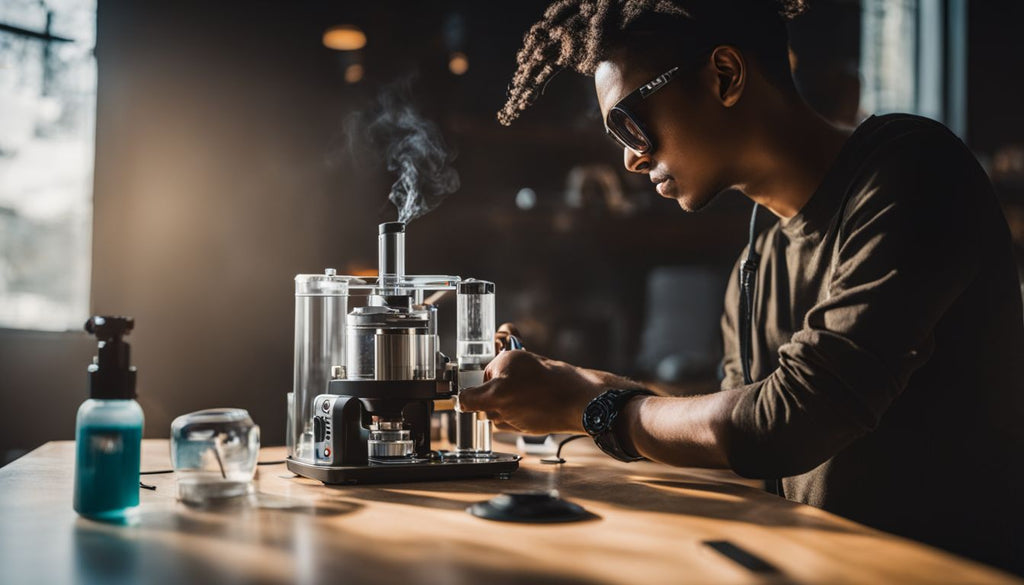
Dabs work by heating a "dabbing rig" or vaporizer to high temperatures, then applying the concentrated THC product for inhalation. This method allows for rapid absorption into the bloodstream, leading to quick onset of effects.
Methods of consumption (dabbing rig, vaporizers)
Dabs can be consumed using two main methods: dabbing rigs and vaporizers. Dabbing rigs involve using a heated surface, like a nail or banger, to vaporize the concentrate, which is then inhaled through a dab rig. Vaporizers, on the other hand, heat the concentrate to its vaporization point without combustion, allowing for inhalation of the vapors. Both methods offer different experiences and preferences for consuming dabs.
- Dabbing Rigs
- Vaporizers
- Temperature Control
- Portability
- Health Considerations
Effects on mood and environment
Dabs can lead to rapid and intense effects on mood due to their high potency. Users may experience feelings of euphoria, relaxation, or even paranoia after consuming dabs. The immediate impact can also affect the environment, as the strong odor of dabs may linger in the air for an extended period.
Moreover, the social environment where dabbing takes place can play a significant role in influencing mood. Being mindful of surroundings and choosing a comfortable and safe space is crucial when using concentrates like wax or shatter.
It's essential to consider these factors before partaking in dab consumption to ensure a positive experience.
Long-term effects and risks
Long-term use of dabs may lead to tolerance, where higher doses are needed to achieve the same effects. Regular dabbing can also impact memory and cognitive function over time. Prolonged use has been associated with respiratory issues, such as coughing and wheezing, due to the high temperatures at which dabs are consumed.
Additionally, regular consumption of concentrated THC products may increase the risk of developing cannabis use disorder.
Excessive dabbing poses potential health risks, including cannabinoid hyperemesis syndrome characterized by severe nausea and vomiting. Moreover, prolonged exposure to butane during the extraction process could result in adverse health effects.
Dabbing and Addiction

Dabbing can lead to potential addiction, with users experiencing withdrawal symptoms. For more information on this topic, continue reading the full article.
Potential for addiction

Regular dabbing can lead to addiction. The high potency of THC extracts in dabs increases the risk of dependency, with users developing a tolerance and needing more to achieve the same effects.
Addicts may experience withdrawal symptoms when not using dabs, such as irritability, insomnia, and loss of appetite. Seeking professional help for dab addiction is crucial for recovery and preventing long-term health issues associated with heavy use.
If left unchecked, dabbing can lead to serious addiction problems. Users should be aware of these risks before starting their journey into the world of dabs.
Withdrawal symptoms

Dabbing withdrawal is a real concern and can lead to unpleasant symptoms. Stoners should be aware of the potential effects if they decide to stop dabbing abruptly. It's important to recognize these symptoms and take steps to manage them:
- Agitation and irritability may arise, making it difficult to stay calm or relaxed.
- Sleep disturbances, such as insomnia or vivid dreams, are common during withdrawal.
- Decreased appetite and weight loss can occur as the body adjusts to the absence of dabs.
- Mood swings and emotional changes may manifest, leading to feelings of anxiety or depression.
- Physical discomfort like headaches, muscle pain, and tremors might be experienced during withdrawal.
- Cravings for dabs may persist, creating a strong desire to resume dabbing.
Seeking help for dab addiction
If you or someone you know is struggling with dab addiction, seeking help is crucial. Look for support groups and counseling services specializing in substance abuse. It's essential to reach out to professionals who understand dab addiction and can offer guidance on the road to recovery.
Treatment programs and therapy sessions are available specifically for those dealing with dab addiction, providing a supportive environment to address the challenges of overcoming this dependency.
Helping a loved one overcome dab addiction involves educating yourself about the condition and supporting them through their journey towards sobriety. By actively participating in their treatment process, you can provide valuable encouragement and assistance as they work towards breaking free from dab addiction.
Exploring the Dab World
Discover the latest advancements and innovations in dab technology, along with safety precautions for reducing harm. Find valuable resources to explore different types of dabs and get help if needed for dab addiction.
Advancements and innovations in dab technology
Advancements in dab technology have revolutionized the way stoners consume cannabis concentrates. New and improved vaporizers are now available, offering precise temperature control for a smoother and more flavorful dabbing experience.
These advancements provide users with the ability to customize their sessions according to specific concentrate consistencies, like shatter or wax. Additionally, the introduction of electronic nails (e-nails) has eliminated the need for torches, ensuring consistent heating without the risk of combustion.
Innovations in extraction methods have led to the creation of solventless concentrates, such as rosin, which offer a safer alternative to products made using butane hash oil (BHO).
Safety precautions and reducing harm
To ensure a safe and responsible dabbing experience, it is essential to incorporate the following safety precautions and harm reduction strategies:
- Use quality equipment: Invest in a reliable dab rig or vaporizer designed for concentrate consumption to reduce the risk of accidents caused by faulty equipment.
- Proper ventilation: Always ensure that you dab in a well-ventilated area to minimize the inhalation of excess fumes and maintain air circulation.
- Dosage control: Start with small doses and gradually increase as needed to avoid overconsumption and potential adverse effects.
- Cleanliness: Regularly clean your dabbing equipment to prevent the buildup of harmful residues and maintain optimal hygiene standards.
- Temperature regulation: Monitor the temperature settings of your dab rig setup or vaporizer to prevent overheating and minimize potential health risks associated with inhaling overheated concentrates.
- Responsible storage: Store your dabs securely and out of reach from pets or children, ensuring they are kept away from any potential hazards.
- Hydration: Stay adequately hydrated before, during, and after dabbing sessions to support overall well-being and counteract potential dehydration effects.
- Seek reputable sources: Obtain your dabs from trusted suppliers who prioritize quality control measures in their production processes to minimize exposure to contaminants or substandard products.
Resources for exploring different types of dabs
To explore different types of dabs, stoners can use the following resources:
- Visit local dispensaries or cannabis shops to find a variety of dabs such as shatter, budder, wax, and live resin.
- Research online forums and communities dedicated to dabbing to learn about experiences and preferences from other users.
- Attend cannabis events and conventions to discover new products and trends in the dab world.
- Follow social media accounts and influencers who specialize in reviewing and discussing different types of dabs.
Finding help for dab addiction
Transitioning from exploring different types of dabs to seeking help for dab addiction, it's crucial for individuals struggling with dab addiction to seek professional support. When confronting dab addiction, reaching out for help from a healthcare provider or counselor can provide tailored assistance in dealing with withdrawal symptoms and breaking the cycle of dependency.
Additionally, there are specialized rehab facilities that offer programs specifically designed for overcoming dab addiction, providing a supportive environment and tools to manage cravings and prevent relapse.
Seeking help is a significant step towards recovery. It's essential to find resources that cater to individual needs and address the challenges associated with dab addiction, offering guidance on developing healthy coping mechanisms while transitioning away from dependence on dabs.
Conclusion
As you explore the world of dabs, understanding what dabs are and how they work can give insight into their impact on both individuals and the larger community. Discovering the various types of dabs, methods of consumption, and potential risks associated with dabbing can help users make informed decisions.
Exploring advancements in dab technology, safety measures, and resources for finding help represents a proactive approach to navigating the world of dabs responsibly.
FAQs
1. What are dabs?
Dabs are highly concentrated forms of marijuana, often made into wax or shatter, created by the extraction of THC from cannabis using methods like butane hash oil (BHO) extraction.
2. How do people use dabs?
People heat a small amount of the dab product and then inhale the vapor. This process is known as dabbing, which delivers a powerful dose of THC.
3. Are all dabs made the same way?
No! There are various cannabis extraction methods to create products like honey oil, cannabis resin, and different types of marijuana oil with varying potencies.
4. Why should someone be cautious when using dabs?
Due to their high potency and THC concentration extracted through processes like BHO extraction, there can be potential dabbing dangers if not used responsibly.
5. Can you get different kinds of marijuana derivatives from dabs?
Yes! Dab products include several concentrated marijuana forms such as wax, shatter, and other marijuana derivatives offering users a range of experiences.


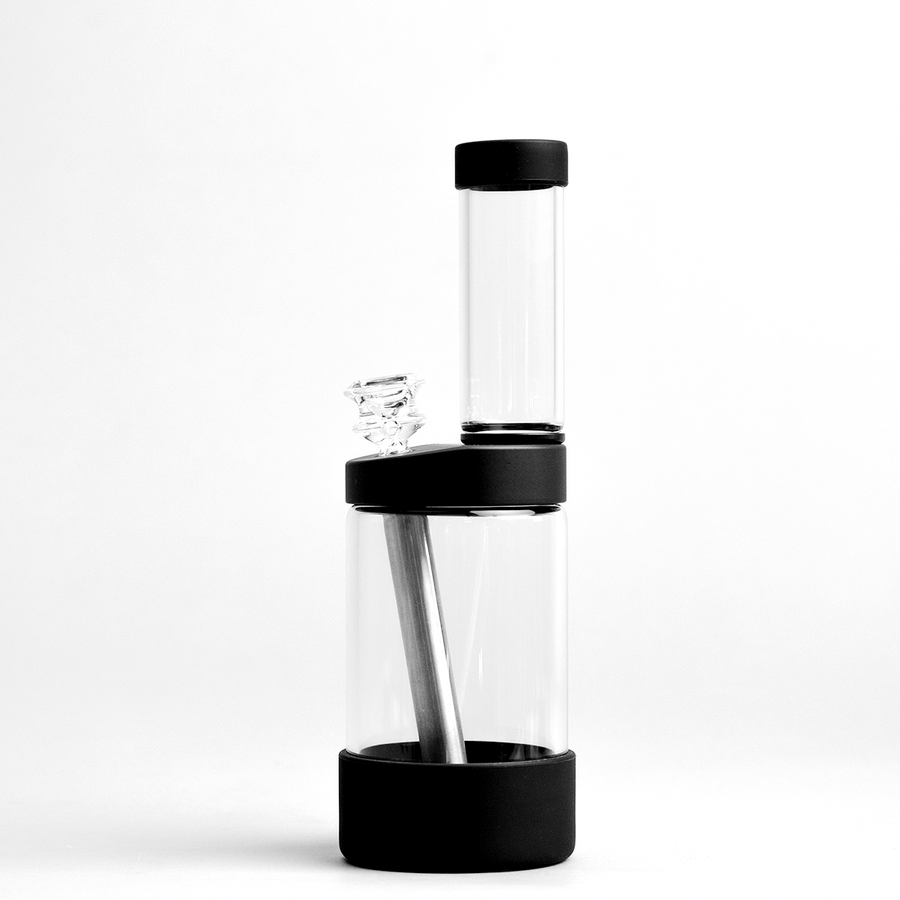
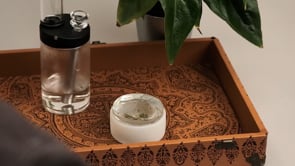
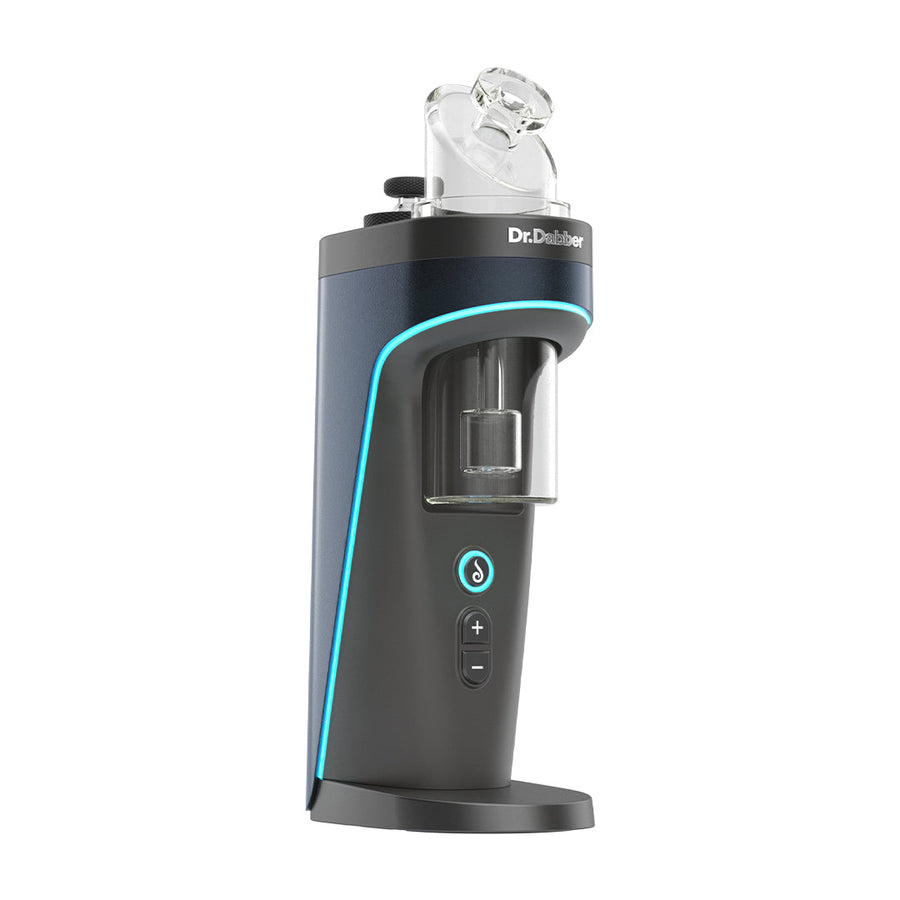
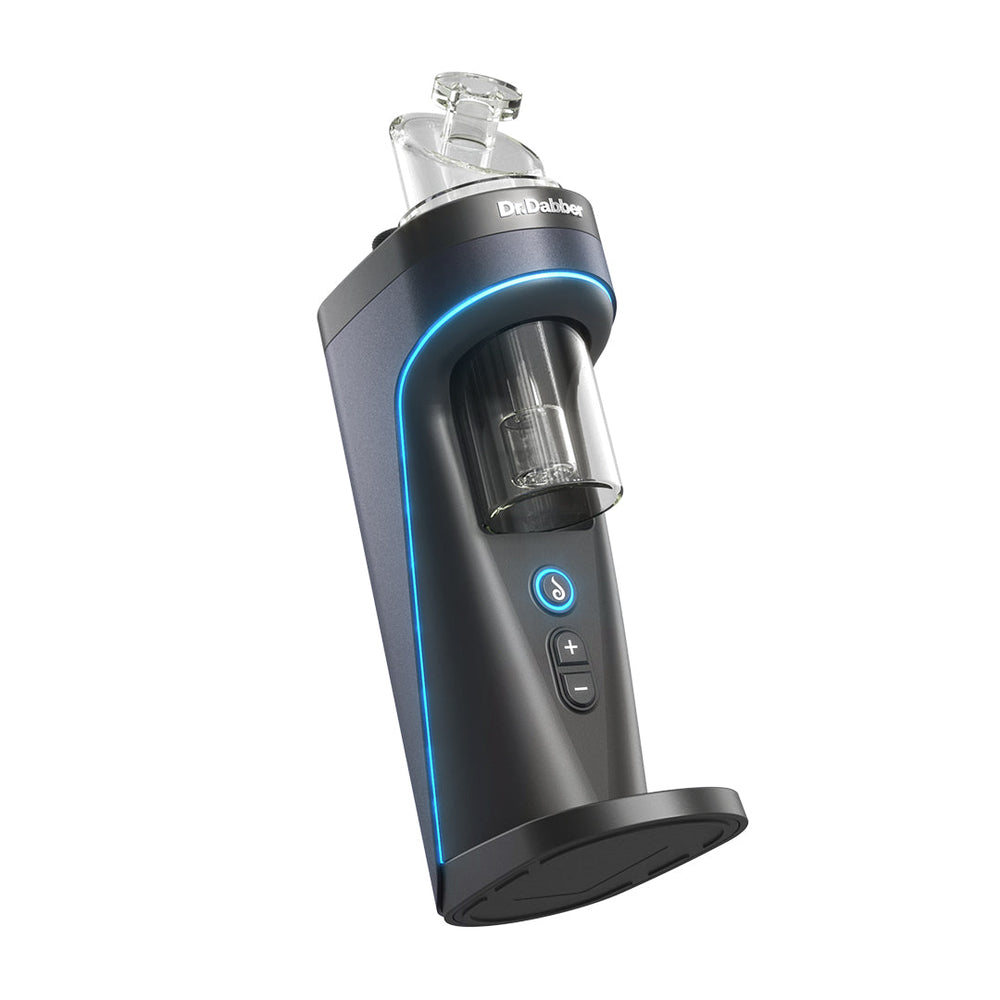
![Vessel Helix Pipe [Copper] - Headshop.com](http://www.headshop.com/cdn/shop/files/ad3c0443-b76d-4fe5-84b8-a617dd50a950.jpg?v=1747419387&width=900)
![Vessel Helix Pipe [Copper] - Headshop.com](http://www.headshop.com/cdn/shop/files/7b0e06e3-9106-4684-80e4-408362c34085.jpg?v=1747419388&width=1000)
![Vessel Wood Vape Pen Battery [White/Beechwood] + - Headshop.com](http://www.headshop.com/cdn/shop/files/4ecd5d0f-363a-454e-a7a0-229fb93bf456.jpg?v=1725470645&width=900)
![Vessel Wood Vape Pen Battery [White/Beechwood] + - Headshop.com](http://www.headshop.com/cdn/shop/files/d232e493-09e6-4574-b44c-3e2bde9425b4.jpg?v=1725470647&width=1000)
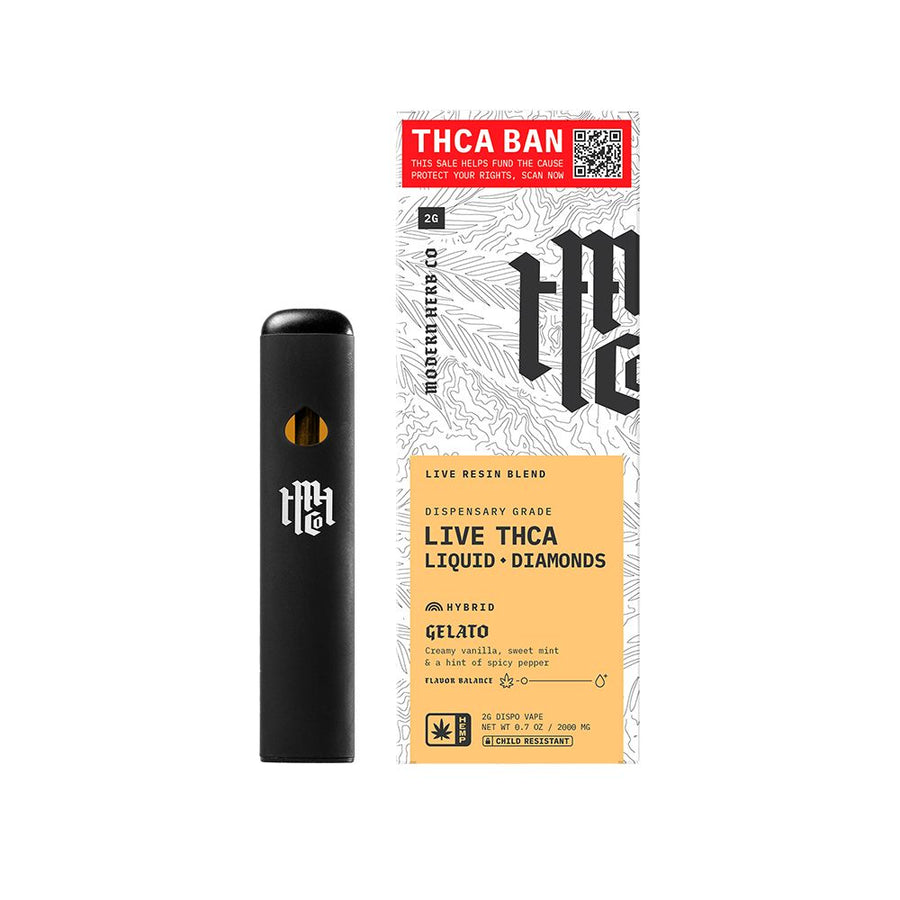
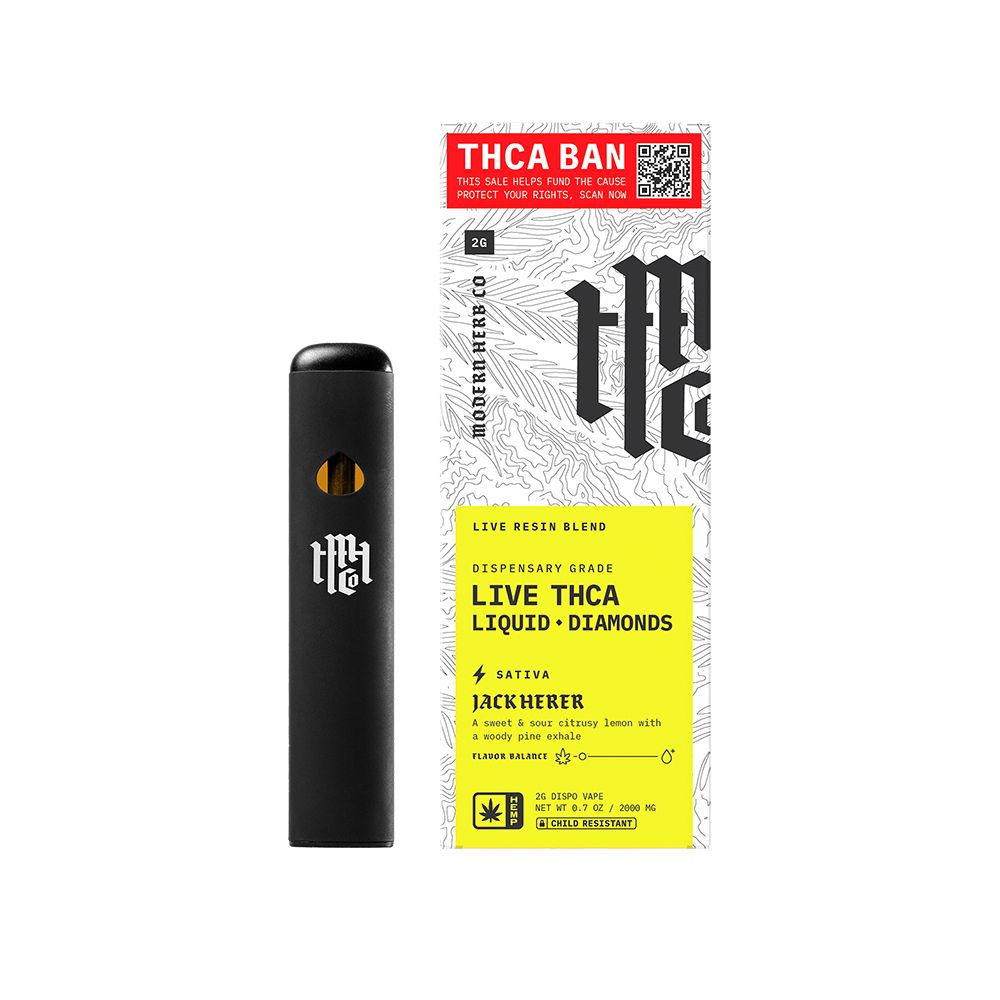
![Vessel Compass Apex Charger [Black] - Headshop.com](http://www.headshop.com/cdn/shop/files/f10e6bf4-6ce7-4a59-a50e-a4184f069754.jpg?v=1729115238&width=900)
![Vessel Compass Apex Charger [Black] - Headshop.com](http://www.headshop.com/cdn/shop/files/dce98c70-346c-405f-aca8-d59c7feed96d.jpg?v=1729115240&width=1000)
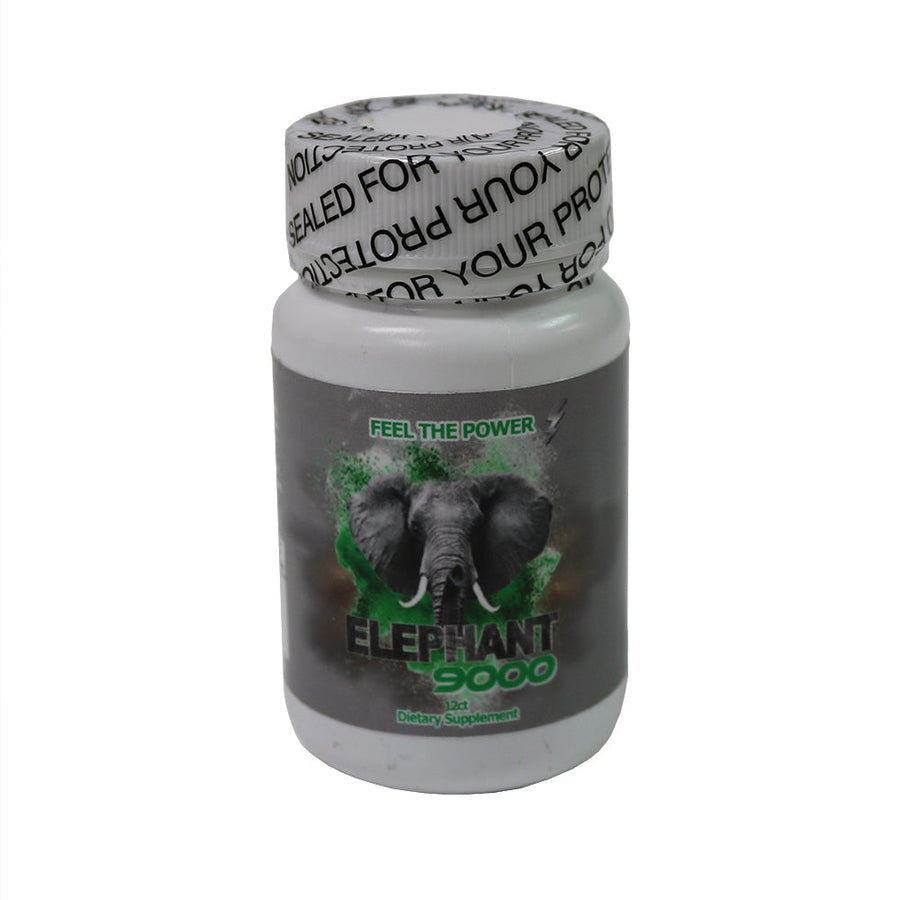
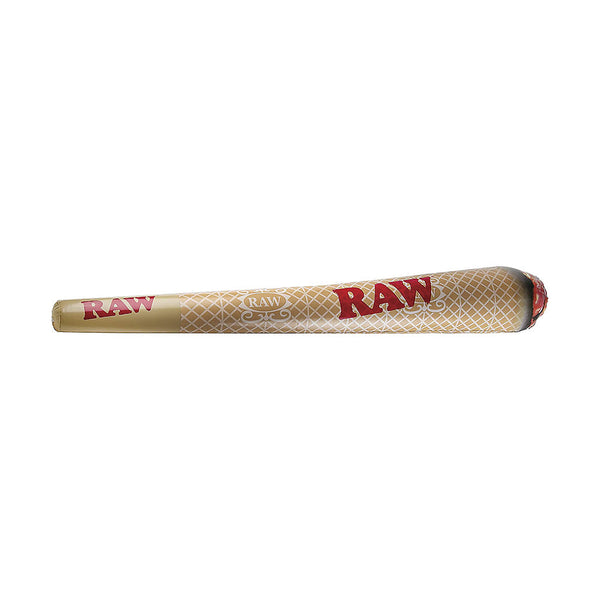
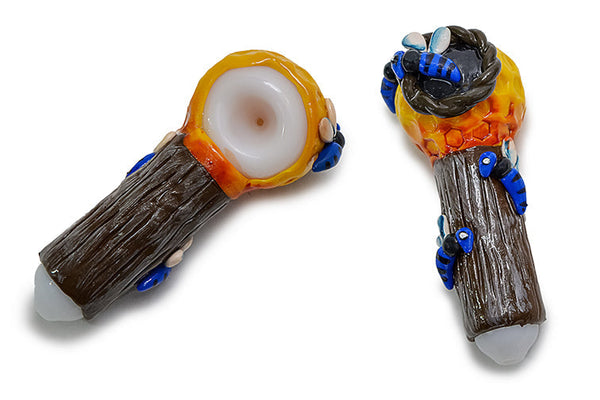
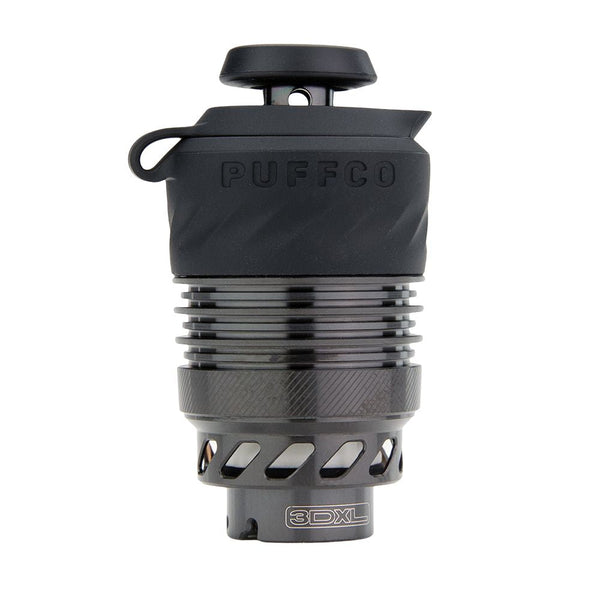
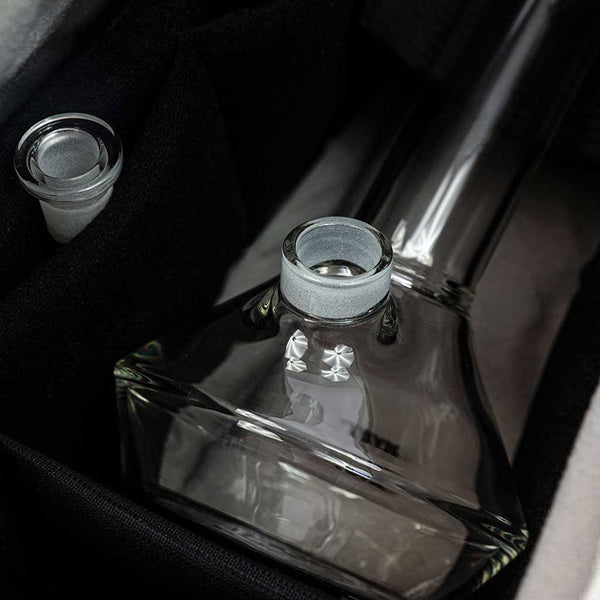
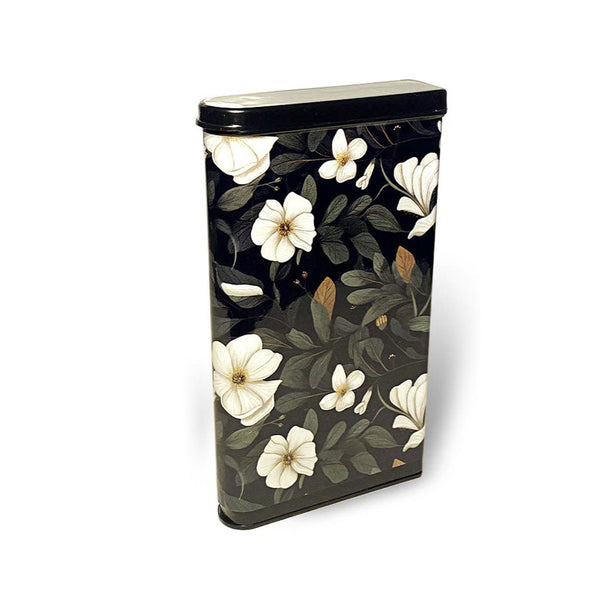
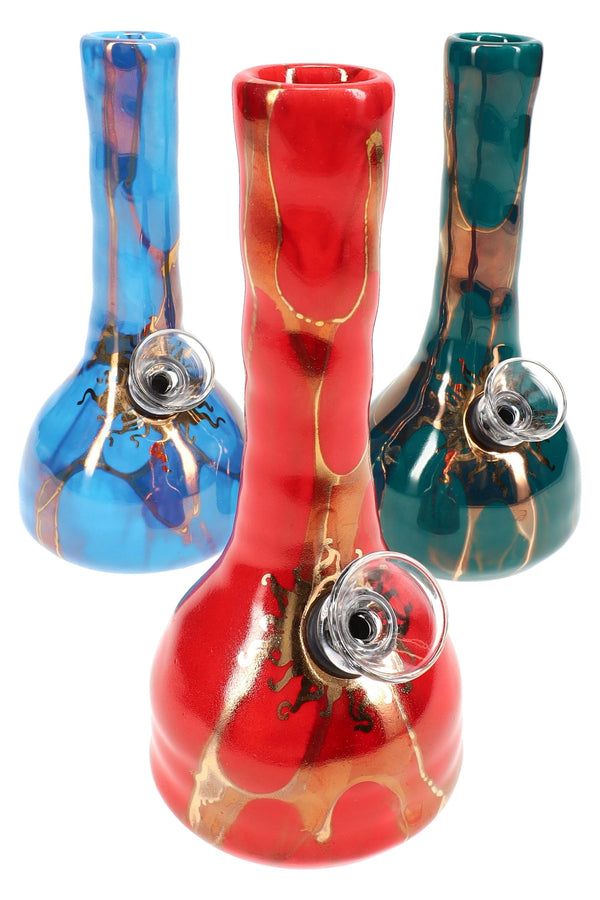
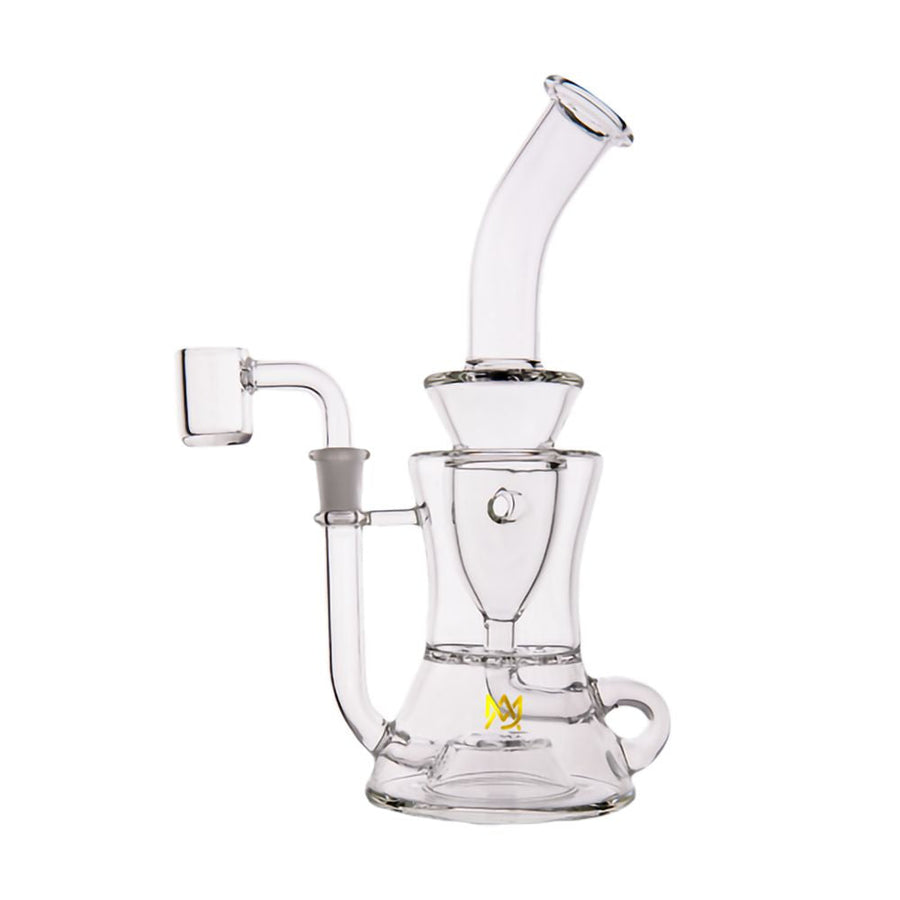
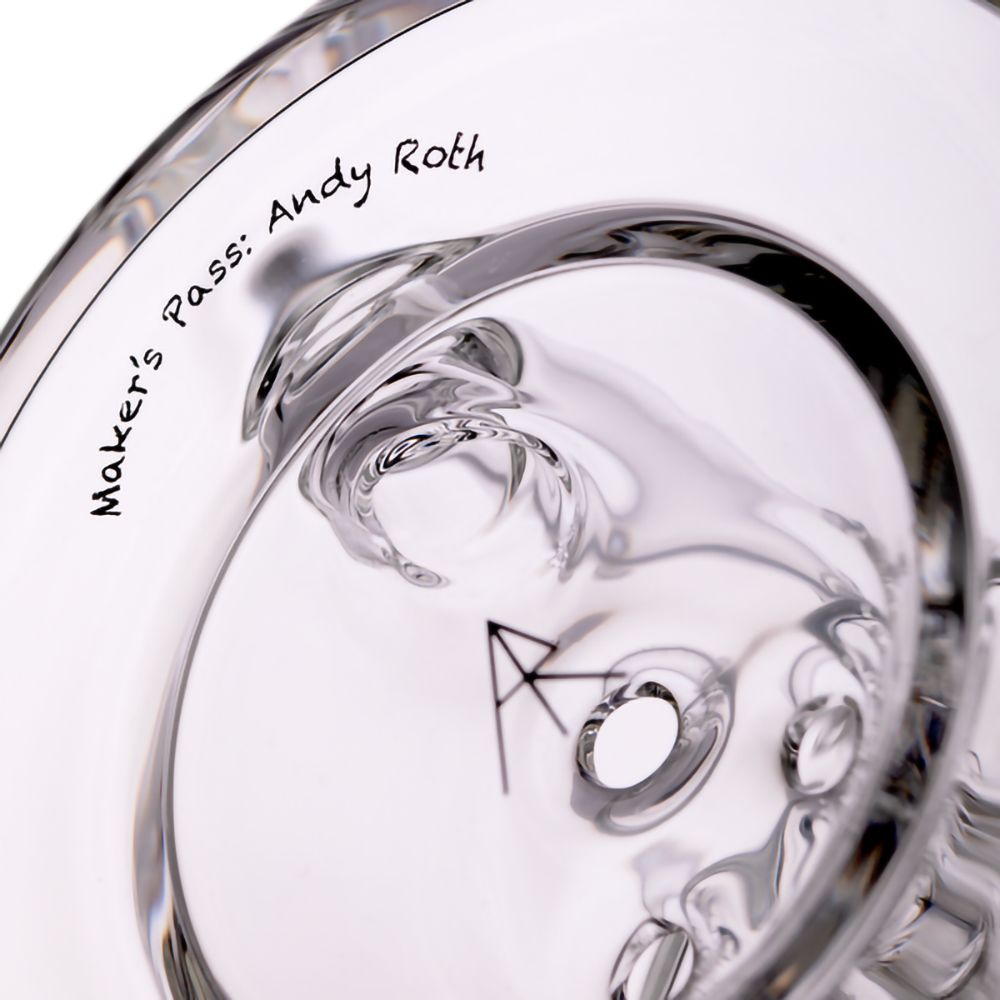
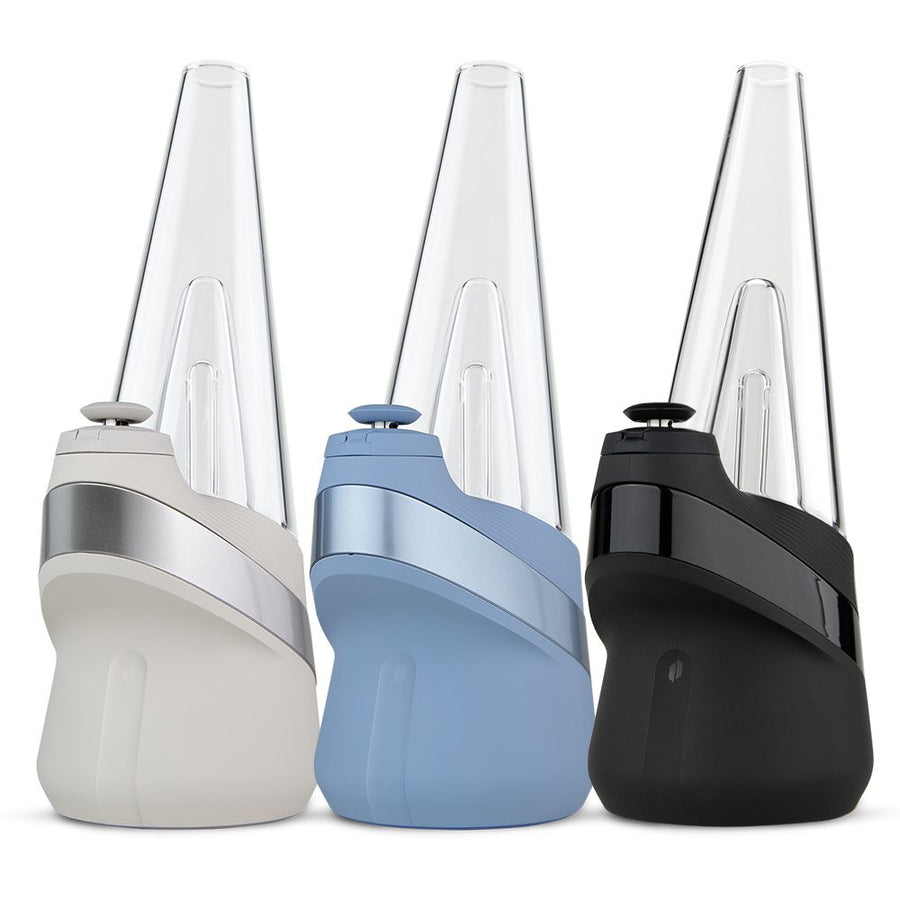
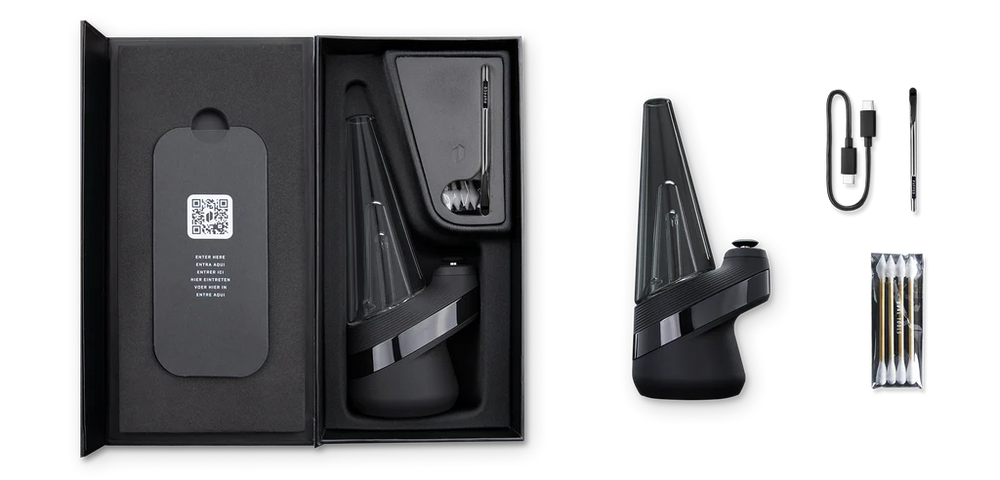
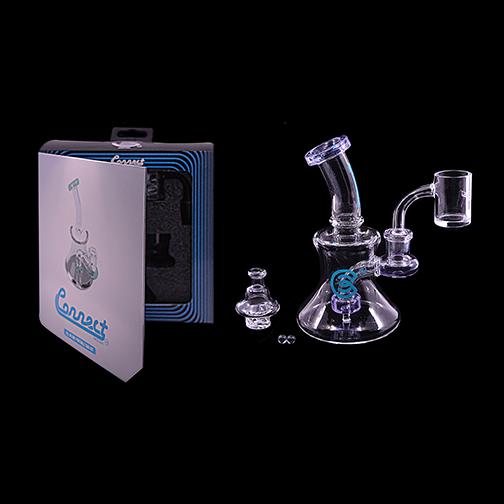
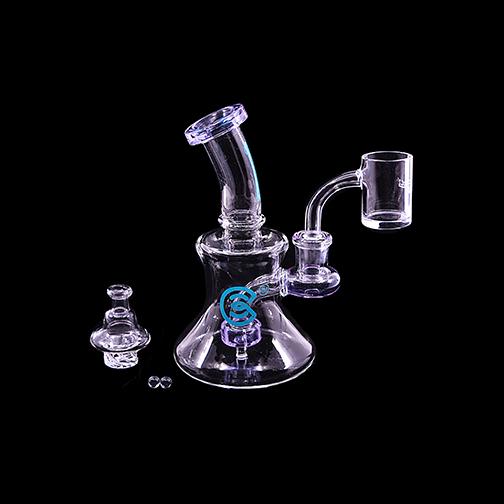
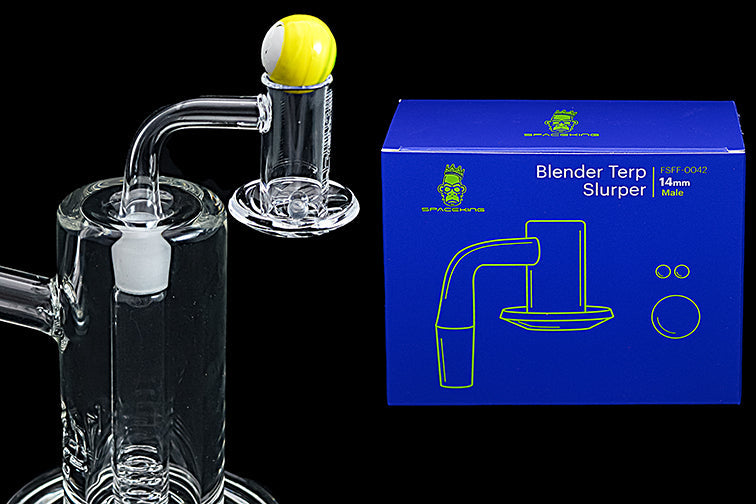
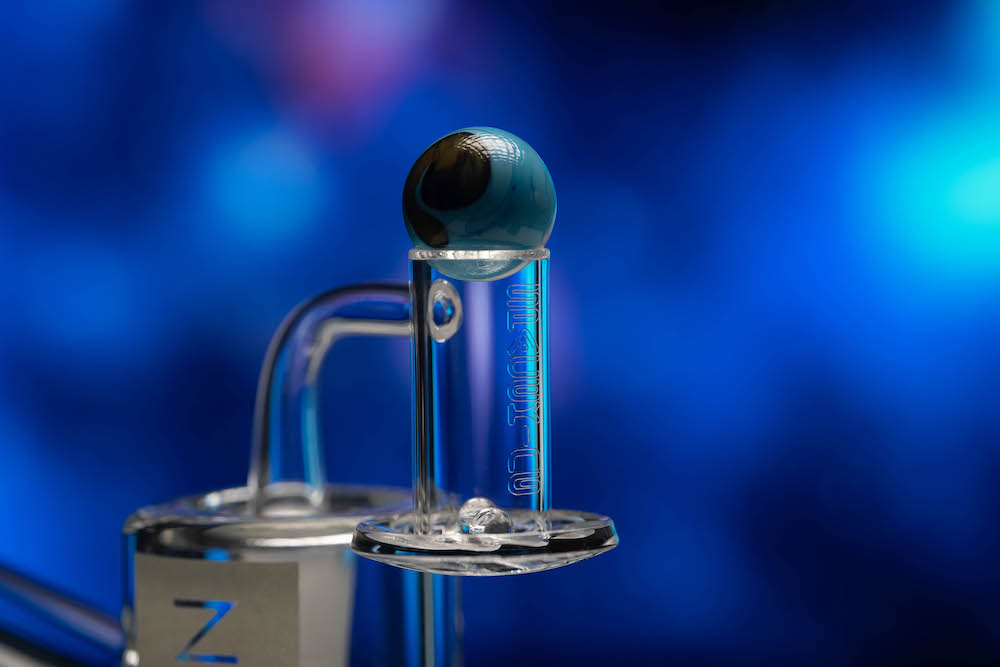
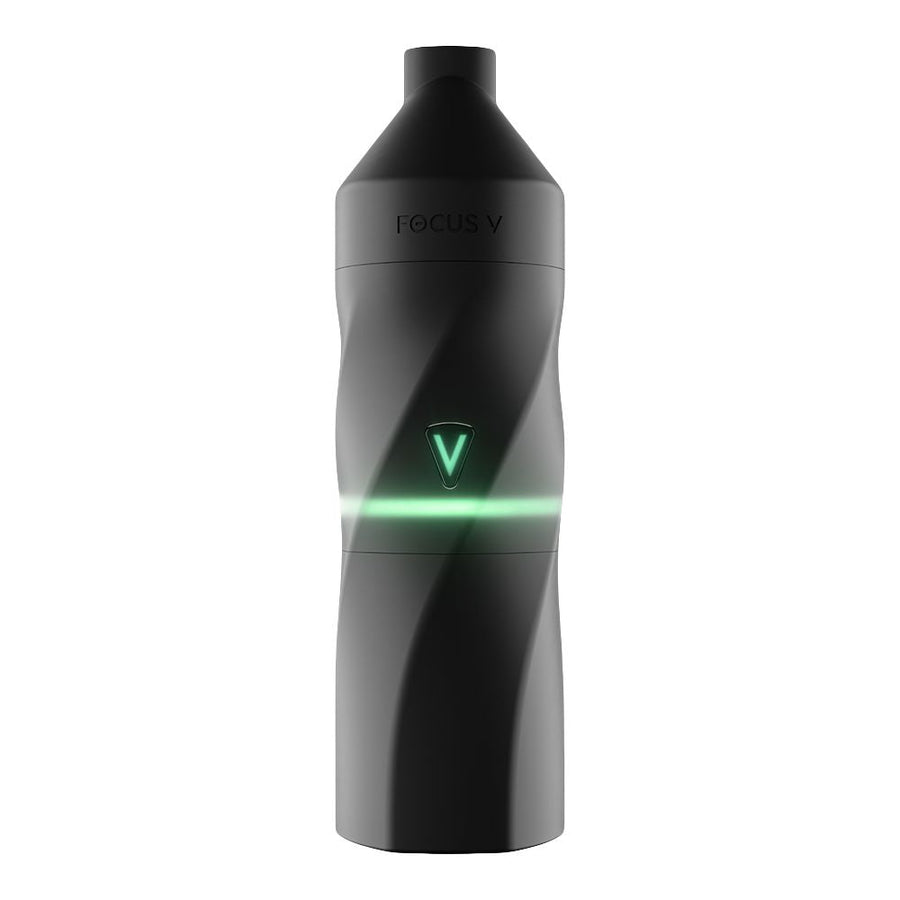
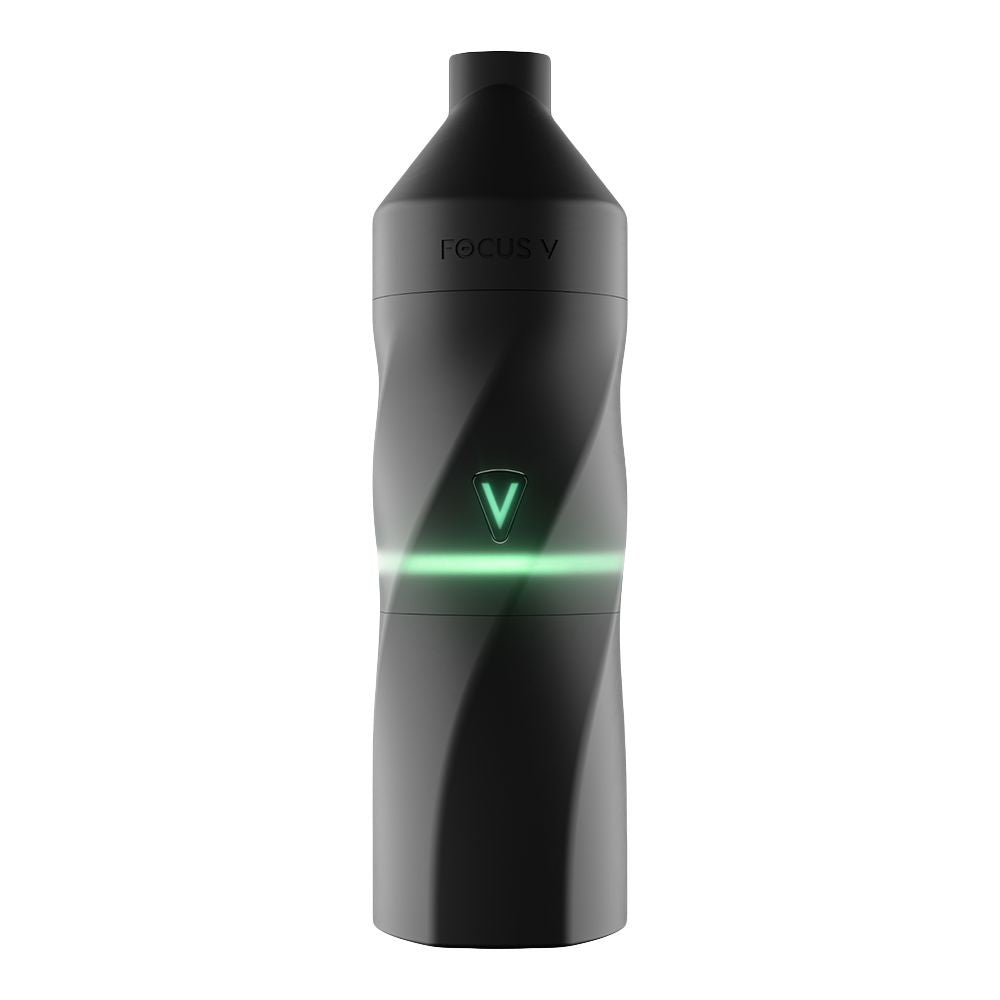
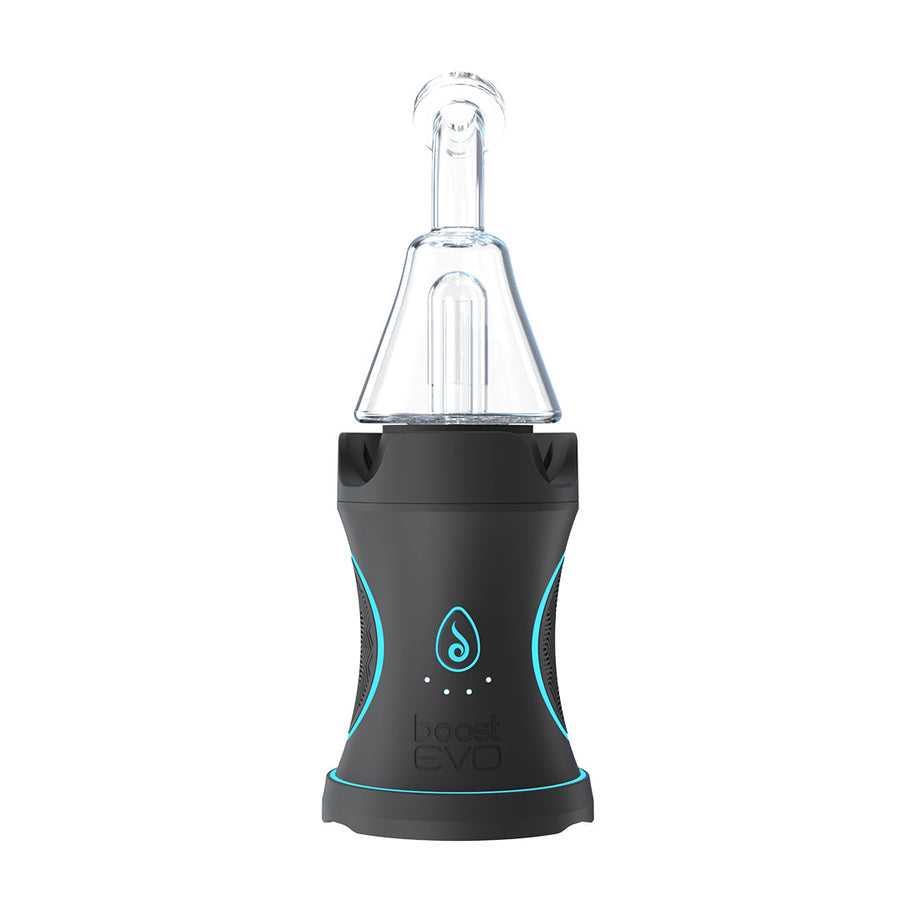
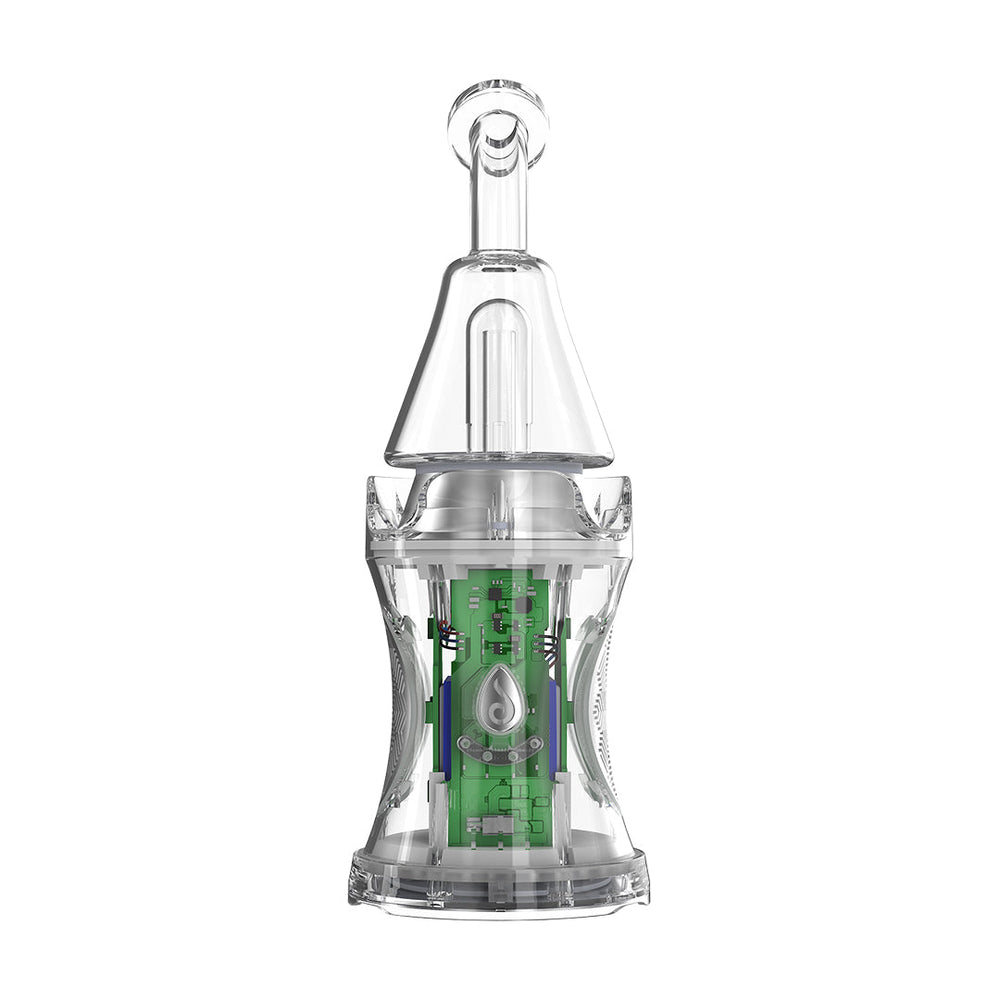
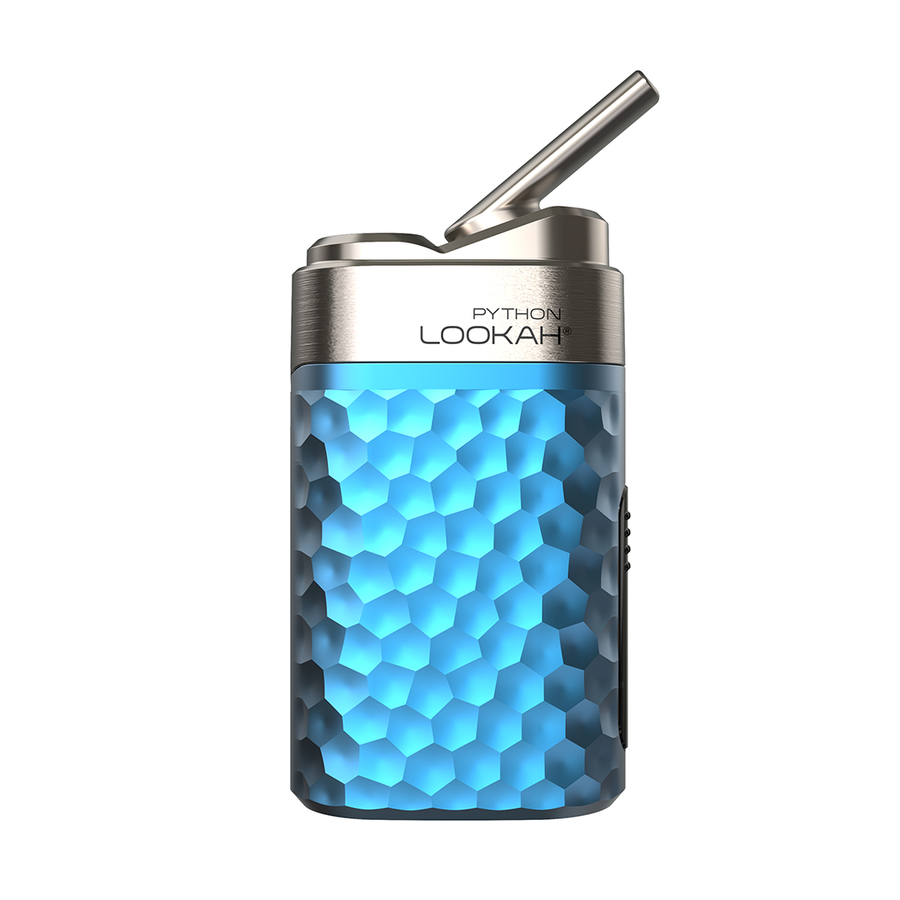
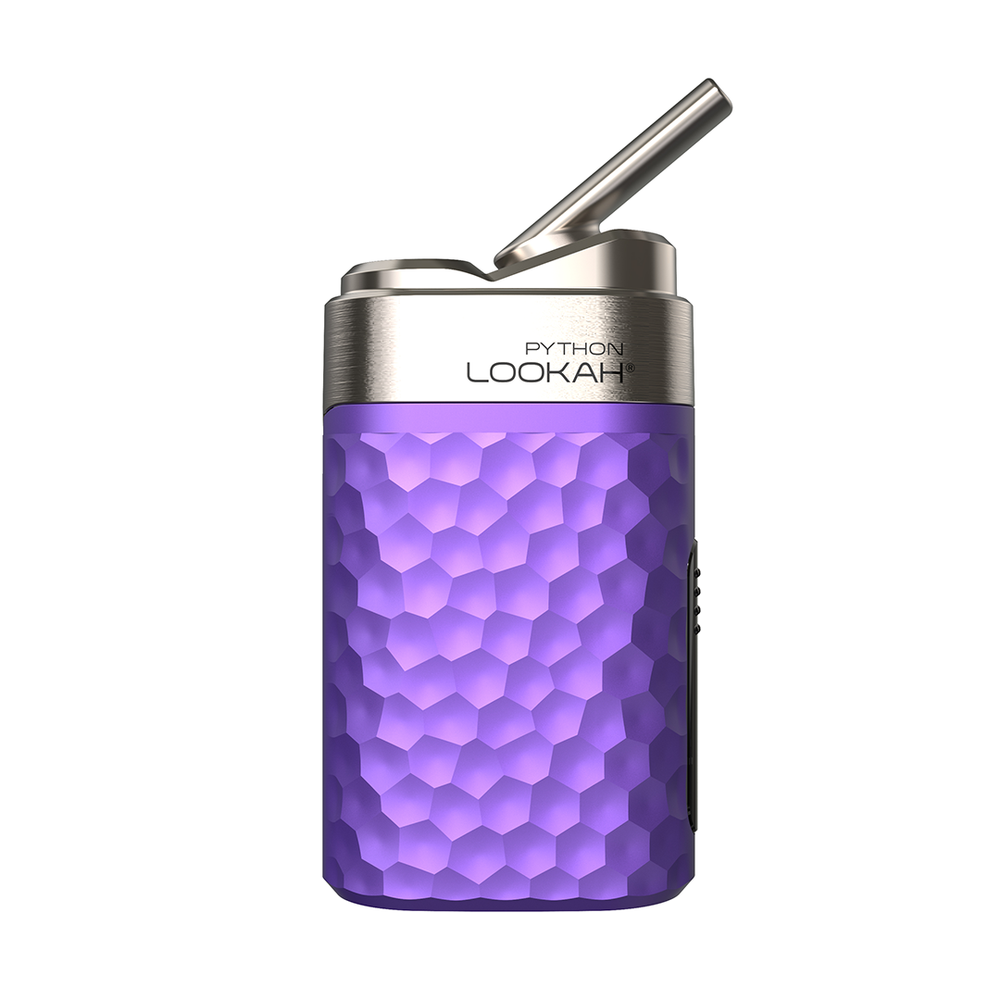
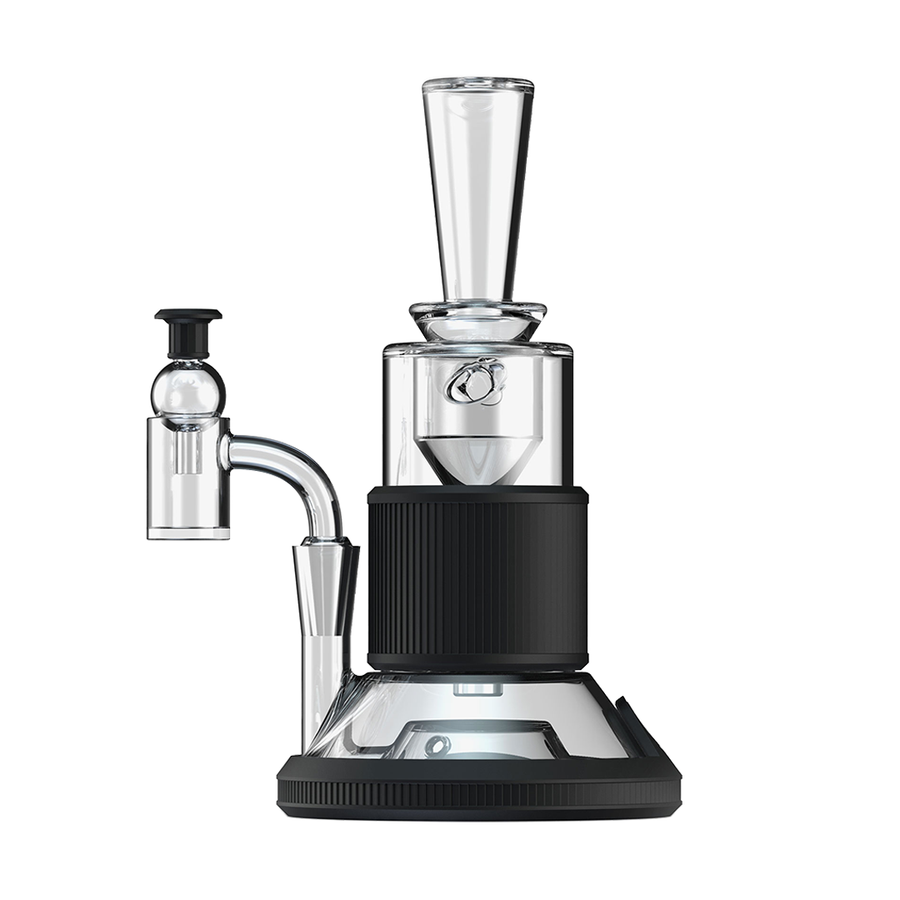
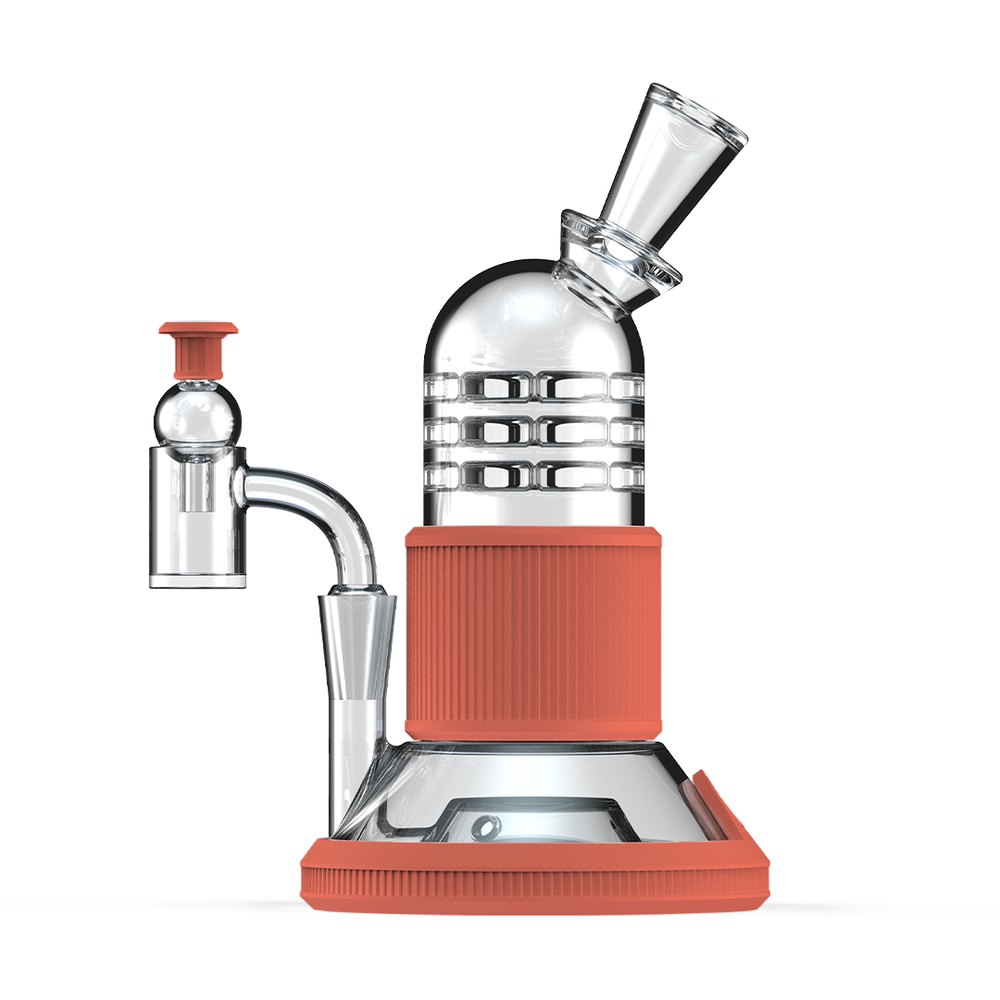
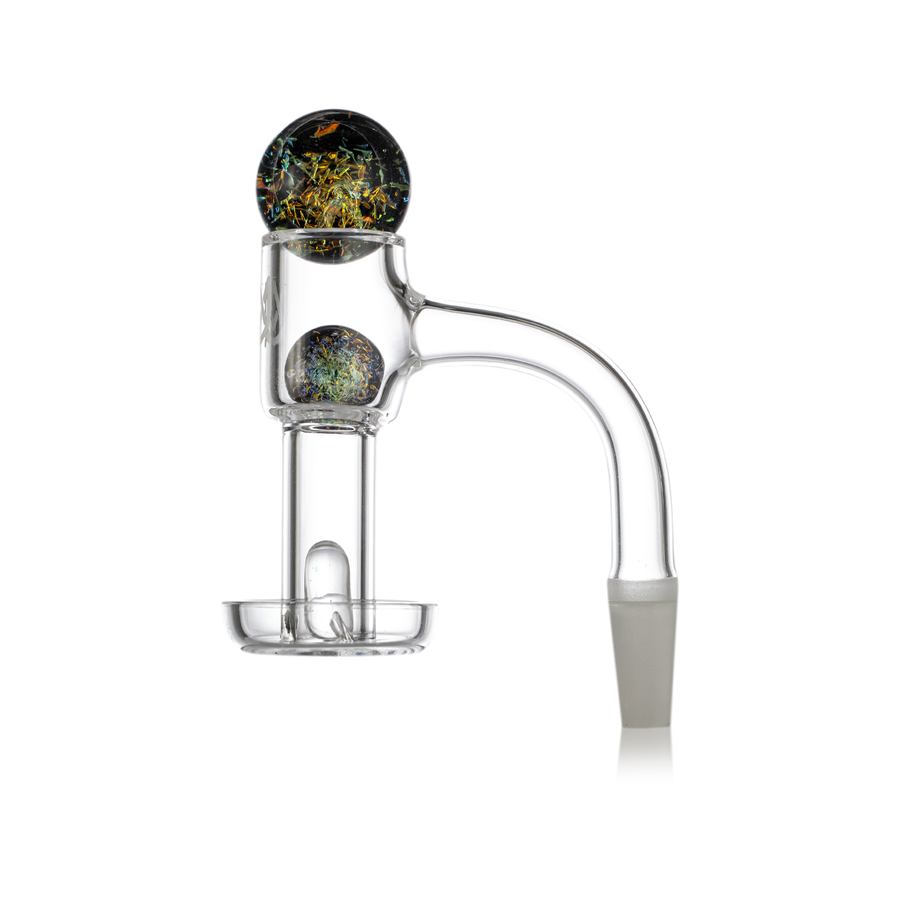
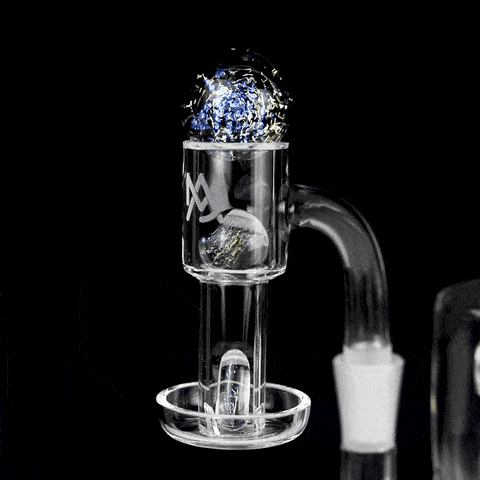


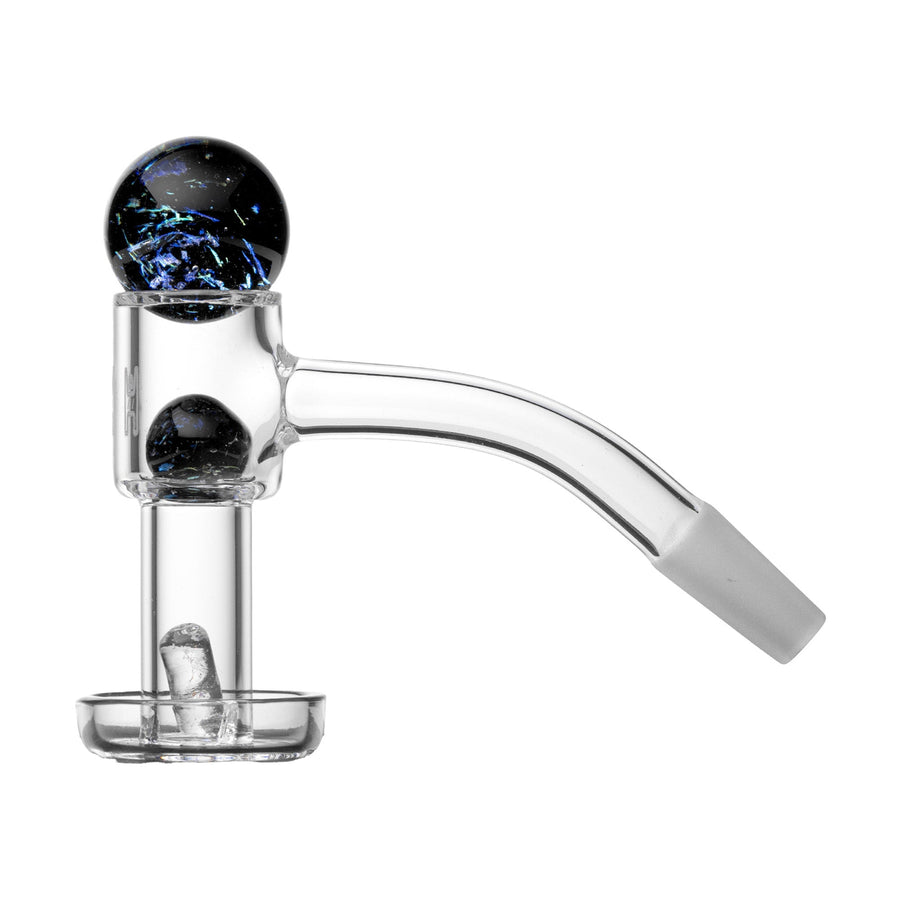
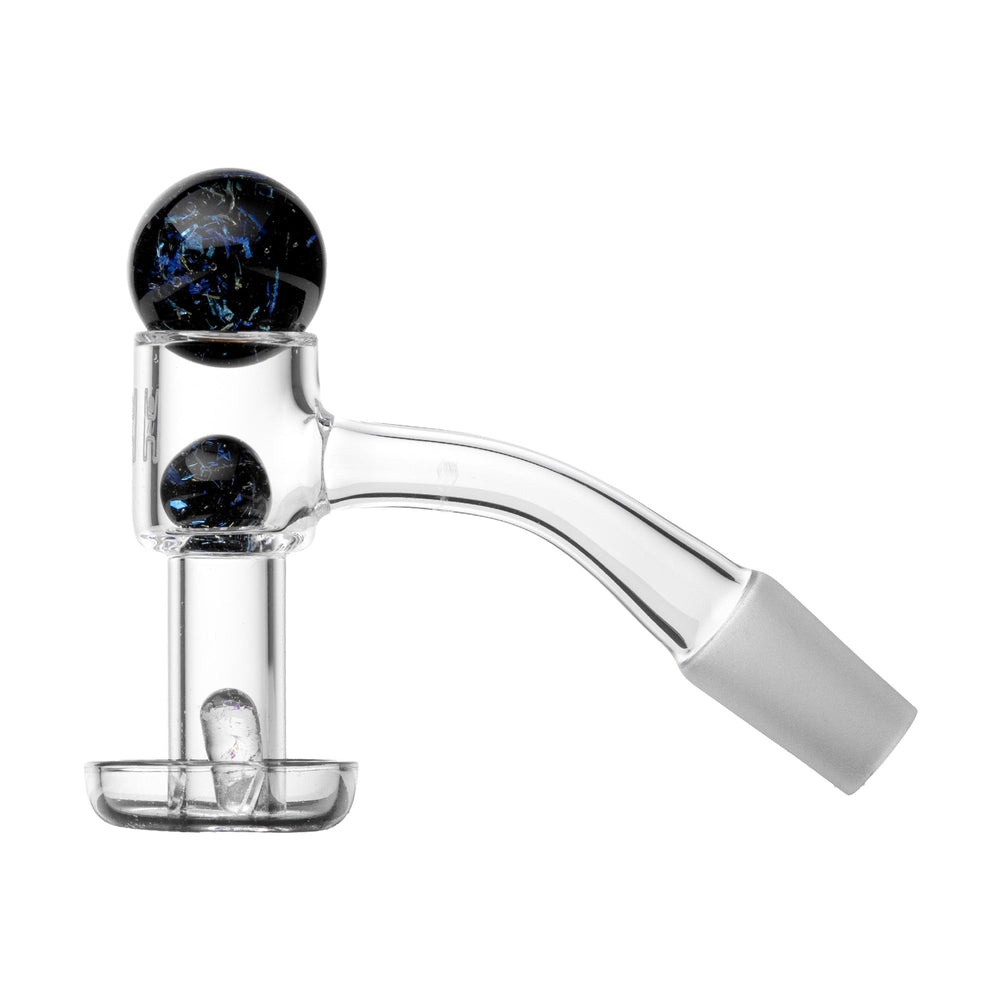
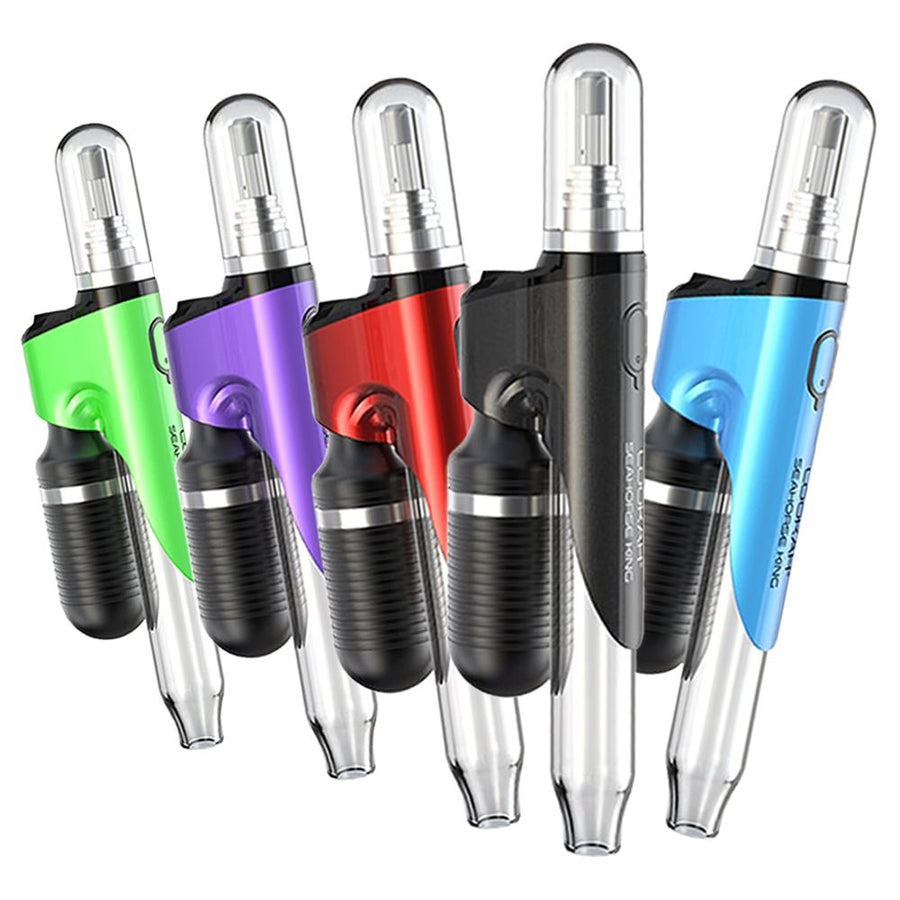
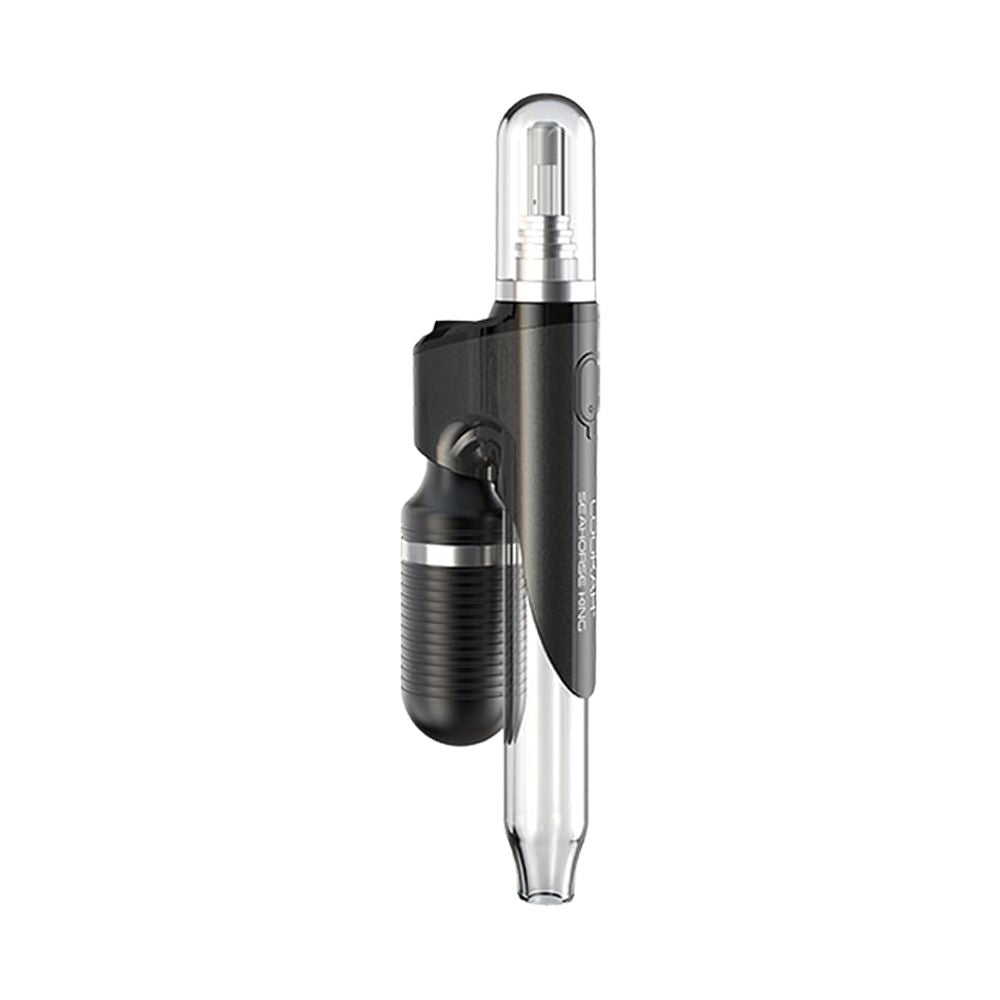
![Alien Ape Nectar Collector Kit [10mm] - Headshop.com](http://www.headshop.com/cdn/shop/files/1f6da816-a077-4000-8117-828a7c00a7f2.jpg?v=1698950052&width=900)
